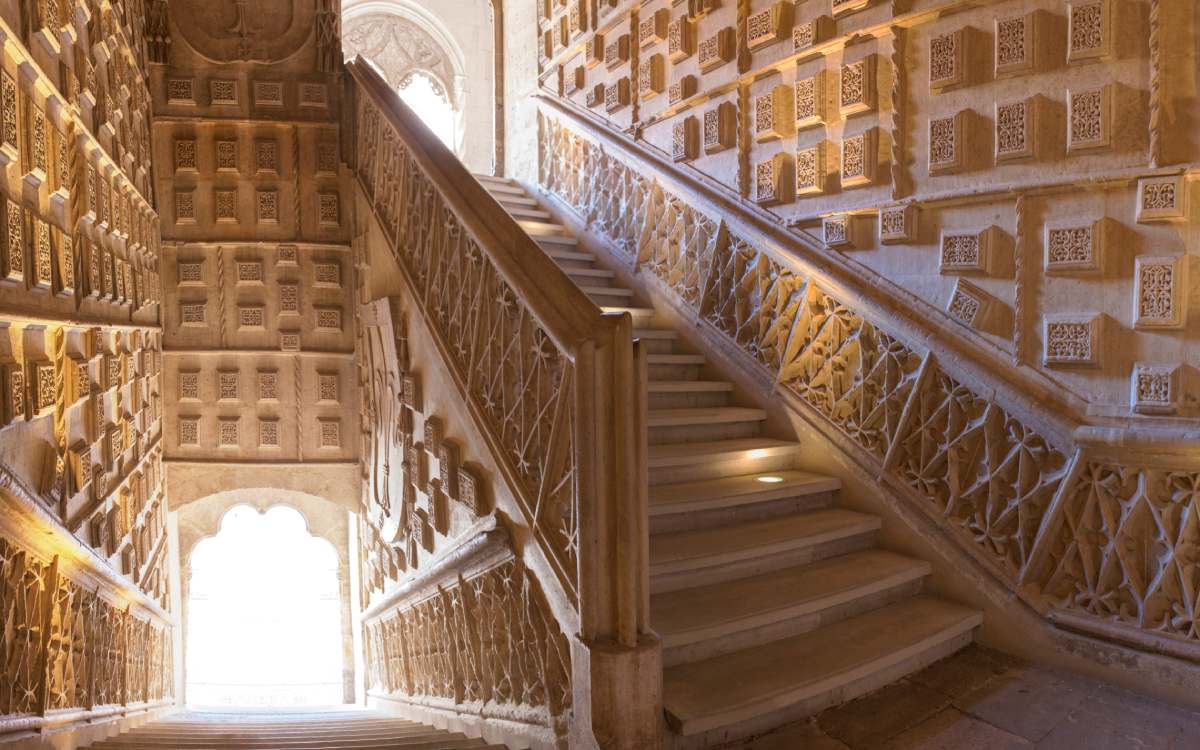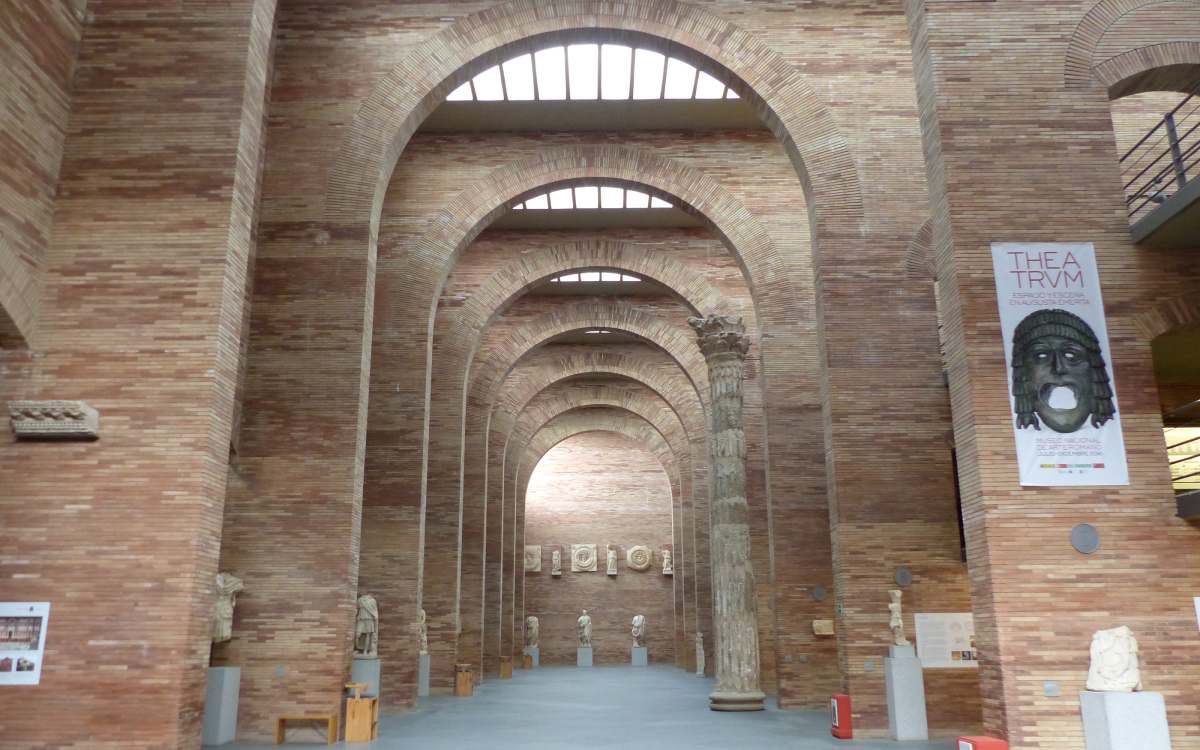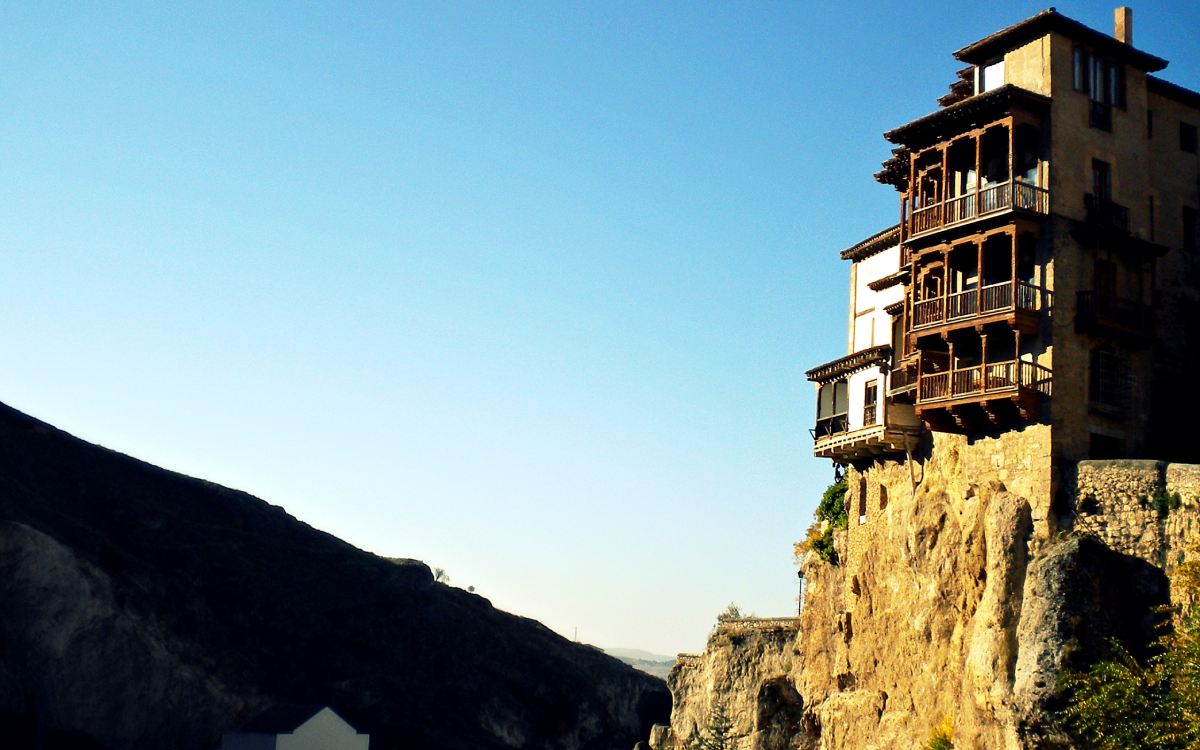
A good museum institution must have a group of measures to ensure the protection of its contents and their successful divulgation. But they also need a building that fits the greatness of the treasures they hold. When museums began to be considered institutions, their locations began to receive extreme care. With a remarkable predilection for big, historical buildings, museums are often placed in palaces or important buildings. Nowadays, the most recent architectural tendencies hold hands with the collections exhibited at the best Spanish museums. But some of them can go unnoticed. Today, we explore some of those museums whose beauty, decoration, and unique personalities will charm any visitor, even if they are less known than other museums.
Madrid is home to the main museums in Spain. However, this route includes museums in many Spanish regions. You will be surprised by their flamboyant interiors and the innovative architecture they are sheltered by.

Colegio de San Gregorio. | Shutterstock
This standalone museum institution actually includes three headquarters, which you can find in Valladolid’s historical centre. The main exhibition is hosted at Colegio de San Gregorio, an impressive fifteenth-century building with a portal of Précieuse ornamentation. Facing this building, you will find the Palacio de Villena, a nobel mansion with a spectacular Renaissance patio. Temporary exhibitions are hosted here. The third headquarter is Casa del Sol, another Renaissance palace that used to include a close church as a family chapel of the former owners. This complex acts as a street consecrated to sculptural art, a monumental space in an equally historical environment.

National Museum of Roman Art. | Wikimedia
Mérida is, without a doubt, one of the best towns to dive into the Roman legacy of the peninsula. This museum can be found in an impressive construction by the architect Rafael Moneo, that includes semi-circular arches and bricks of late antiquity inspiration, with a modern touch that harmonises and contrasts against the exhibited collections. These collections include impressive sculptures and Romanesque mosaics. Thereby, both lovers of the Roman legacy and those inspired by more recent architecture visit the National Museum of Roman Art.

Cerralbo Museum. | Wikimedia
Enrique de Aguilera y Gamboa, Marquis of Cerralbo, granted his art collection to the Government. Those works are exhibited today in this singular museum, located in his own house. But there’s more than art here—archaeological artefacts, guns, gold work, and plenty of other antiquities are part of the Cerralbo Museum in Madrid. The building itself will catch your eye, for sure. This noble mansion remains the same as it did in the 19th century. Its rooms are impressive because of what they hide and their sumptuous decor, which will take you to the times when the marquis wandered through these corridors.

Picasso Museum. | Shutterstock
Montcada Street lies in the heart of the neighbourhood of Ribera, in Barcelona. It used to be the street where every great family of the city would build their palace in the Middle Ages. This street itself was declared a Complex of Historical-Artistic Monuments in 1947. Since the expansion of the original enclosure in 1963, the Picasso Museum has amplified and occupies five palaces of this street, built between the 13th and 14th centuries. These palaces or manor houses share a structure, usually laid out around a courtyard with outside stairs. Their pointed arches and their many details could take us to the Middle Ages if the rooms were not consecrated to one of the most vanguardist modern artists of the 20th century.

Spanish Museum of Abstract Art. | Wikimedia
If something stands out in Cuenca, it’s its hanging houses, unbeatable proof of popular architecture that show centuries of history. The Spanish Museum of Abstract Art occupies a large part of these iconic houses, but it is usually unnoticed, overshadowed by these famous buildings. The museum belongs to Fundación Juan March and is the result of the generosity of the collector Fernando Zóbel, who had the idea to create this museum of contemporary art, in special, abstract art, in the 60s, a time when this artistic style didn’t receive enough recognition to get a spot in the museums. Anyways, whether you like abstract art or you don’t, this museum is the perfect excuse to visit the Casas del Rey, that includes an outstanding wooden timberwork and many other genuine little details. In fact, some people say this is the most beautiful little museum in the world.
You can also read this article in Spanish here.